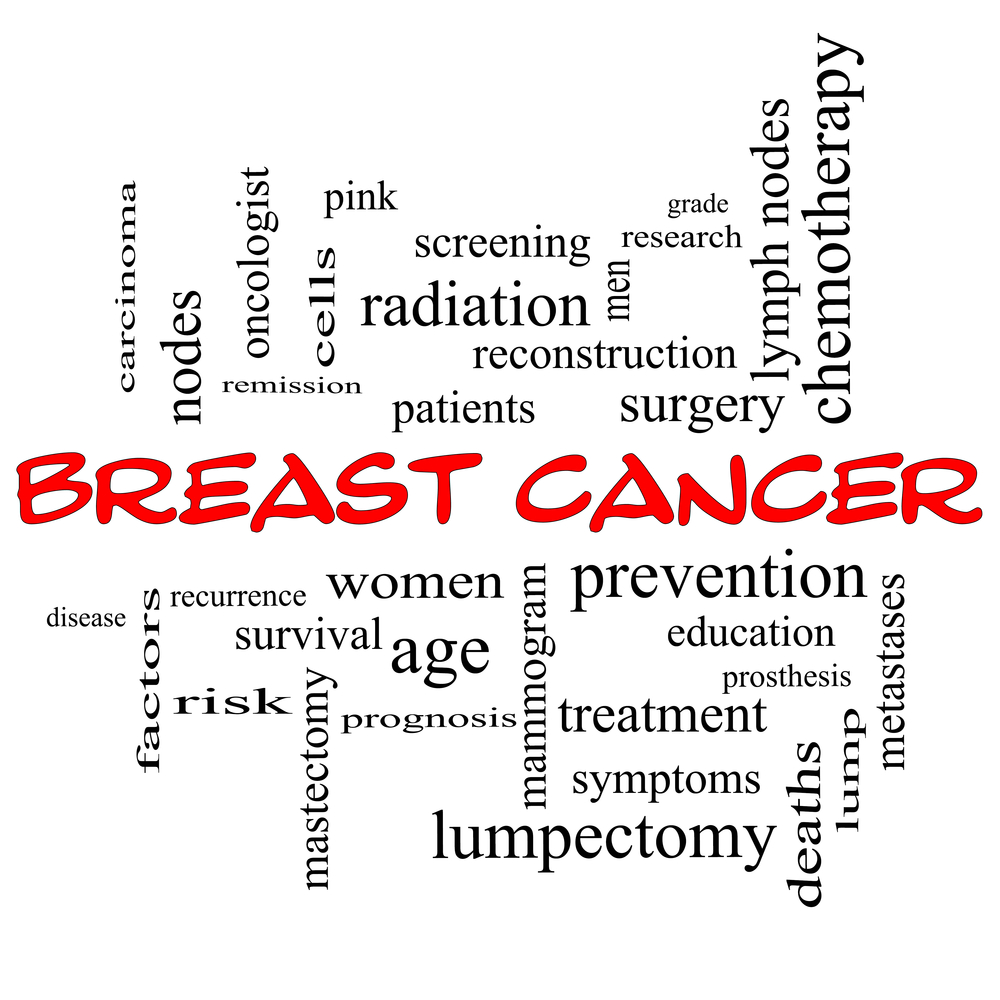Everything You Need To Know About Chemotherapy For Breast Cancer
Everything you need to know about chemotherapy for breast cancer
Chemotherapy is a cancer treatment where anti-cancer drug combinations are infused to destroy cancerous cells in the body. It holds back the ability of the cancerous cells to grow and divide. There are several drugs used in chemotherapy treatment for breast cancer. The combination of drugs is specific to the stage and location of the cancer. Below is some information to better understand breast cancer, its stages, and chemotherapy treatment for breast cancer.

What is breast cancer?
- Breast cancer is a cancer that is caused by the growth of cancerous cells in the breasts of women.
- It usually leads to a formation of a lump in the breasts, changes in their shape, and nipple discharge.
- Risk factors for this disease include obesity, lack of exercise, dense breasts, genetic mutations, etc.
- The chance of breast cancer increases as women get older.
- The amount of chemo for breast cancer varies depending on the stage of cancer the patient is suffering from.
When are the stages of breast cancer?
- Stage 0 – At this stage breast cancer is curable. Early treatment can control the spread of breast cancer. Generally, the doctors remove the cancerous cells from the breast by performing a surgery. This is followed by a radiation therapy for breast cancer, where heavy X-rays are used to destroy cancerous cells and stop them from spreading. Radiation therapy for breast cancer can lower the risk of recurrence.
- Stage 1 – At this point, cancer grows as big as 2 centimeters or less. Stage 1A and 1B are both considered as fast-spreading breast cancers. Surgery is done based on three factors- personal preference, the size and the location of the primary tumor, and genetic predisposition. In stage 1, hormone therapy is recommended regardless of the size of the tumor. Chemo treatment for breast cancer is not needed during stage 1, especially if it can be cured by using hormone therapy.
- Stage 2 – In stage 2A, the tumor is either approximately 2 centimeters big and spread up to 3 lymph nodes or 2 to 5 centimeters big without affecting lymph nodes. In stage 2B, the tumor is between 2 and 5 centimeters and has not affected the lymph nodes. A combination of treatment is used at this stage. The treatment begins with a surgery and then radiation treatment for breast cancer kills remaining cancerous cells in the lymph nodes and chest. A systemic chemotherapy treatment for breast cancer is done using powerful drugs to destroy cells throughout the body.
- Stage 3 – Stage 3A means the cancerous cells are enlarged to 5 centimeters in size and have spread from 4 to 9 axillary lymph nodes. In stage 3B, the breast cancer invades the chest wall and skin. Stage 3C means the cancer is spreading to 10 or more lymph nodes, internal mammary nodes, or lymph nodes near the collarbone. Treatment for stage 3 cancer is similar to that for stage 2.
- Stage 4 – This stage means that the breast cancer has spread to vital parts of the body like the brain, the lungs, the bones, and the liver. It gets metastasized, making it incurable. Depending on the advancement of the breast cancer, numerous treatments and therapies that stops the protein that supports cancer to grow can be taken up.
What are the common signs of breast cancer?
Some of the signs and symptoms associated with breast cancer are:
- Lumps in the breast.
- Fever that crosses 100.4 F.
- A swollen tongue, any new mouth sores or patches, and bleeding gums.
- A cough that causes mucus.
- A scratchy, burning, swollen or dry throat.
- Burning when urinating, needing to urinate more often, and/or blood in the urine.
- Nausea, vomiting, constipation, diarrhea, and blood in the stools.
What are the most common drugs used for treating breast cancer?
- Platinum agents (cisplatin, carboplatin)
- Anthracyclines (Doxorubicin, pegylated liposomal doxorubicin, and Epirubicin)
- Taxanes
- Vinorelbine (Navelbine)
- Gemcitabine (Gemzar)
- Capecitabine (Xeloda)
- Eribulin (Halaven)
- Ixabepilone (Ixempra)
What is included in the chemotherapy treatment for breast cancer?
- If the patient is being given chemotherapy treatment for breast cancer in the form of tablets, the patient is often given the medicines to take home. The medicines need to be taken regularly for a set period of time along with regular check-ups.
- If the treatment isn’t through oral medication, the patient needs to visit the hospital for the chemotherapy treatment for breast cancer routinely. During the first phase of the chemotherapy, breast cancer patients need to stay in the hospital for a few days.
- Chemotherapy treatment for breast cancer destroys healthy cells along with the cancerous ones. This leads to numerous uncomfortable side effects like reduced immunity, nausea, hair loss, etc. However, these side effects tend to disappear soon after the treatment comes to an end.